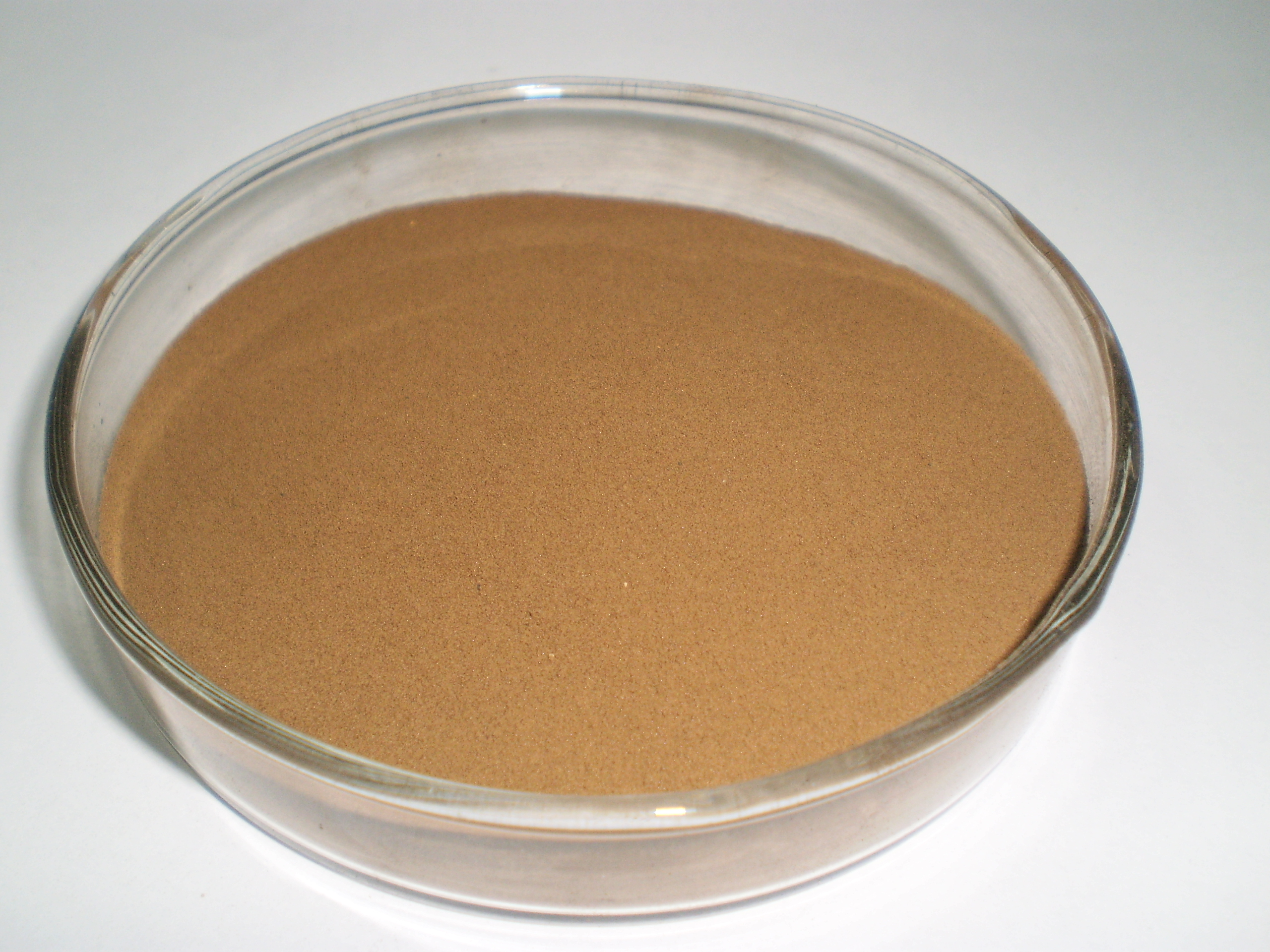1.Lignosulfonate Manufacturing process
Lignosulphonate is produced from the sulphite pulping of lignocellulosic biomasses. The cellulose rich fibres are delignified with sulphite or bisulphite, depending on the operational pH. One of the main reactions during sulphite pulping is the sulphonation of lignin, which renders the lignin molecules water soluble.
After completion of the pulping, the non-soluble cellulose and the soluble lignosulphonate are separated by filtration. After pulping the lignosulphonate contains a certain amount of sugars.
Sugars are removed from the filtrate by ultrafiltration or fermentation to ethanol. The yeast biomass is separated from the fermentation broth by centrifugation and reused. Three batches of the additive were sampled in triplicate, and a total 27 of yeast peptone dextrose agar plates were streaked with dissolved product and incubated.15 No viable yeast cells were detected in the additive. The resulting product is evaporated, leading to the liquid form of the additive (typical DM concentration 30–50 %) or it is spray-dried to produce a solid product (> 93 % DM).
2.Characterisation of the strains
To remove sugars by fermentation, three naturally occurring strains of Saccharomyces cerevisiae are used. The three strains (98 samples)16 were identified as S. cerevisiae by comparing the 26S rDNA gene sequence with known 26S rDNA gene sequences using the Basic Local Alignment and Search Tool (BLAST) of NCBI (National Center for Biotechnology Information).
These strains are deposited at the CBS-KNAW Fungal Biodiversity Centre in Utrecht, The Netherlands, with deposition numbers CBS 13806, CBS 13807 and CBS 13808.17 The species S. cerevisiae is considered by EFSA to be suitable for the Qualified Presumption of Safety (QPS) approach to safety assessment (EFSA, 2007; EFSA BIOHAZ Panel, 2013). In the view of the FEEDAP Panel, the identities of the strains S. cerevisiae CBS 13806, CBS 13807 and CBS 13808 are established. Accordingly, these strains are considered by EFSA to be suitable for the QPS approach to safety.
3.Physical state
The liquid additive is characterised by a density of 1 100–1 300 kg/m3 and a viscosity of 10– 2 000 mPa at 20 °C. Lignosulphonate is fully soluble in water. The solid additive (bulk density 500–700 kg/m3 ) is stated by the applicant to be characterised by 80 % of particles < 100 µm, 30 % of particles < 50 µm and < 10 % of particles < 10 µm, 18 but no analytical data were submitted. One batch each of sodium lignosulphonate, calcium lignosulphonate and magnesium lignosulphonate.
4.Stability and homogeneity
The stability of the additive was studied by analysis of changes of the molecular weight and concentration of reducing sugars. Differences between the initial molecular weight and concentrations of reducing sugars to the corresponding values after storage were considered indicative for degradation of the additive.
The solid additive (three batches) was stored in air-tight sealed packages in a dark room, under ambient conditions, for 60 months.20 Two subsamples of three more batches were stored in the same type of packages for six months at 40 °C and 60 °C.21 No relevant variations in the pH value of a 10 % solution, molecular weight and reducing sugars were found in any of the conditions studied.
The liquid additive (three batches; initial DM: 49.8 %, 53.9 % and 56.5 %) was stored in air-tight sealed containers, in a dark room, for six months at 40 °C and 60 °C.22 No significant variations in the contents of DM, molecular weight and reducing sugars were found.
Lignosulphonate is added to feedingstuffs as a pellet binder to increase the durability of the structure of the pelleted feed. No further demonstration of the stability of the additive in feedingstuffs and of its homogenous distribution is considered as necessary, once the efficacy as a pellet binder is demonstrated (see Section 4).

